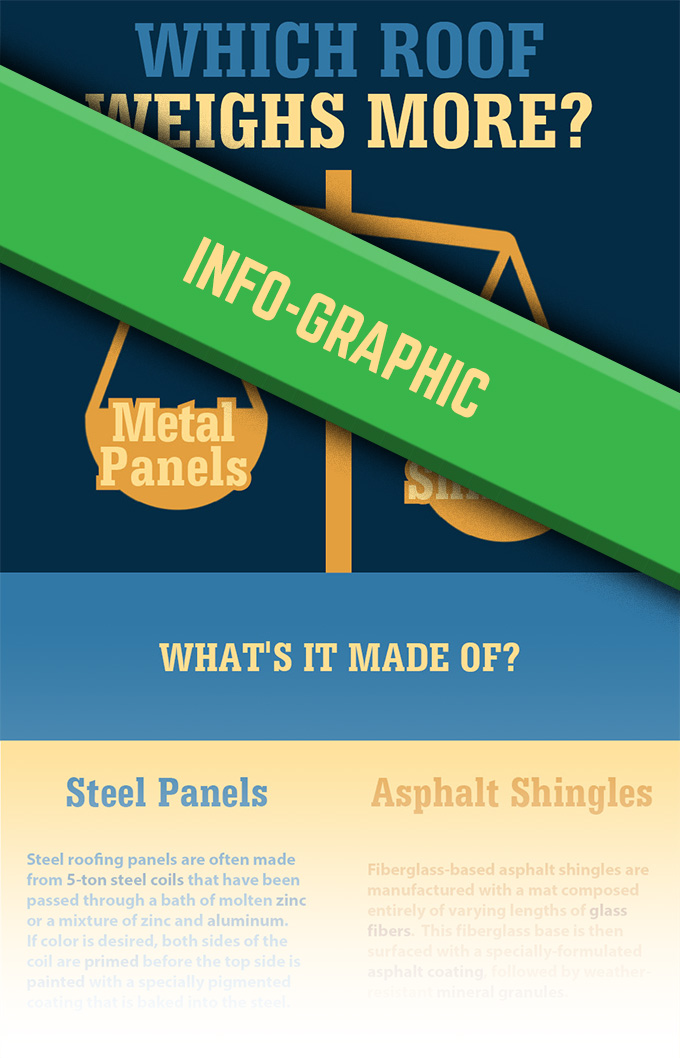Evaluating Different Photovoltaic Panel Types: Which Option Is Many Suitable For Your Home?
Evaluating Different Photovoltaic Panel Types: Which Option Is Many Suitable For Your Home?
Blog Article
Author-Aagaard Walker
When it involves choosing the best solar panels for your home, the selections can be frustrating. Each type uses distinct benefits and trade-offs, making it essential to identify which aspects align ideal with your goals. Whether your emphasis gets on effectiveness, cost-effectiveness, or appearances, there's a photovoltaic panel kind that can cater to your needs. So, before you decide, think about the crucial facets that will certainly affect your solar power system's efficiency and viability for your home.
Monocrystalline Solar Panels
When considering photovoltaic panels, you might stumble upon monocrystalline solar panels. These panels are known for their high effectiveness prices as a result of their building from a single continuous crystal structure. This design permits monocrystalline panels to do better in low light conditions compared to various other sorts of solar panels. In addition, their sleek black appearance makes them a prominent option for property installments, blending in flawlessly with a lot of rooftops.
One essential advantage of monocrystalline photovoltaic panels is their area effectiveness. They call for much less room to generate the same quantity of electrical power as various other photovoltaic panel kinds, making them ideal for homes with limited roofing system area.
While monocrystalline panels often tend to be much more expensive in advance, their long-lasting durability and effectiveness frequently make them an economical financial investment in the world of solar energy. If you prioritize performance and appearances in your solar panel choice, monocrystalline panels could be the best selection for your home.
Polycrystalline Solar Panels
Polycrystalline photovoltaic panels, also called multicrystalline solar panels, offer a different choice to monocrystalline panels. These panels are made from silicon crystals that are melted with each other, developing a much less uniform look contrasted to monocrystalline panels.
Among the vital benefits of polycrystalline panels is their reduced production expense, making them a more economical option for home owners seeking to invest in solar power.
While polycrystalline panels might have a slightly lower performance price compared to monocrystalline panels, they still offer a reliable and economical means to produce solar energy for your home. link web site do well in high temperatures and are a durable option for a selection of environments.
If you have a bigger roofing room and are seeking to maximize your power manufacturing without breaking the financial institution, polycrystalline panels could be the ideal selection for you.
When considering solar panel alternatives for your home, it's essential to weigh the cost-effectiveness and effectiveness of polycrystalline panels versus your power demands and spending plan constraints.
Thin-Film Solar Panels
Moving on to Thin-Film Solar Panels, these panels use an unique choice to standard silicon-based alternatives like polycrystalline panels. Thin-film panels are light-weight and flexible, making them less complicated to set up on numerous surface areas like curved rooftops or walls. They're also a lot more aesthetically pleasing, blending in flawlessly with the design of your home.
Nevertheless, browse around this web-site to note that thin-film panels normally have reduced performance rates contrasted to crystalline silicon panels. This suggests you may need even more area to produce the exact same quantity of electricity.
On the silver lining, thin-film panels carry out much better in low-light conditions and have a lower temperature coefficient, suggesting they can produce even more energy on hot days. If you have sufficient area and are seeking a functional and visually enticing solar panel option, thin-film panels could be an excellent selection for your home.
Final thought
In conclusion, when deciding on the most effective solar panel type for your home, consider your power needs, spending plan, and area restraints. Monocrystalline panels provide high performance in limited area, while polycrystalline panels offer a cost-efficient option with trusted performance. Thin-film panels supply versatility and visual charm yet may have reduced efficiency prices. By considering these aspects, you can choose the solar panel type that best fits your certain needs.
